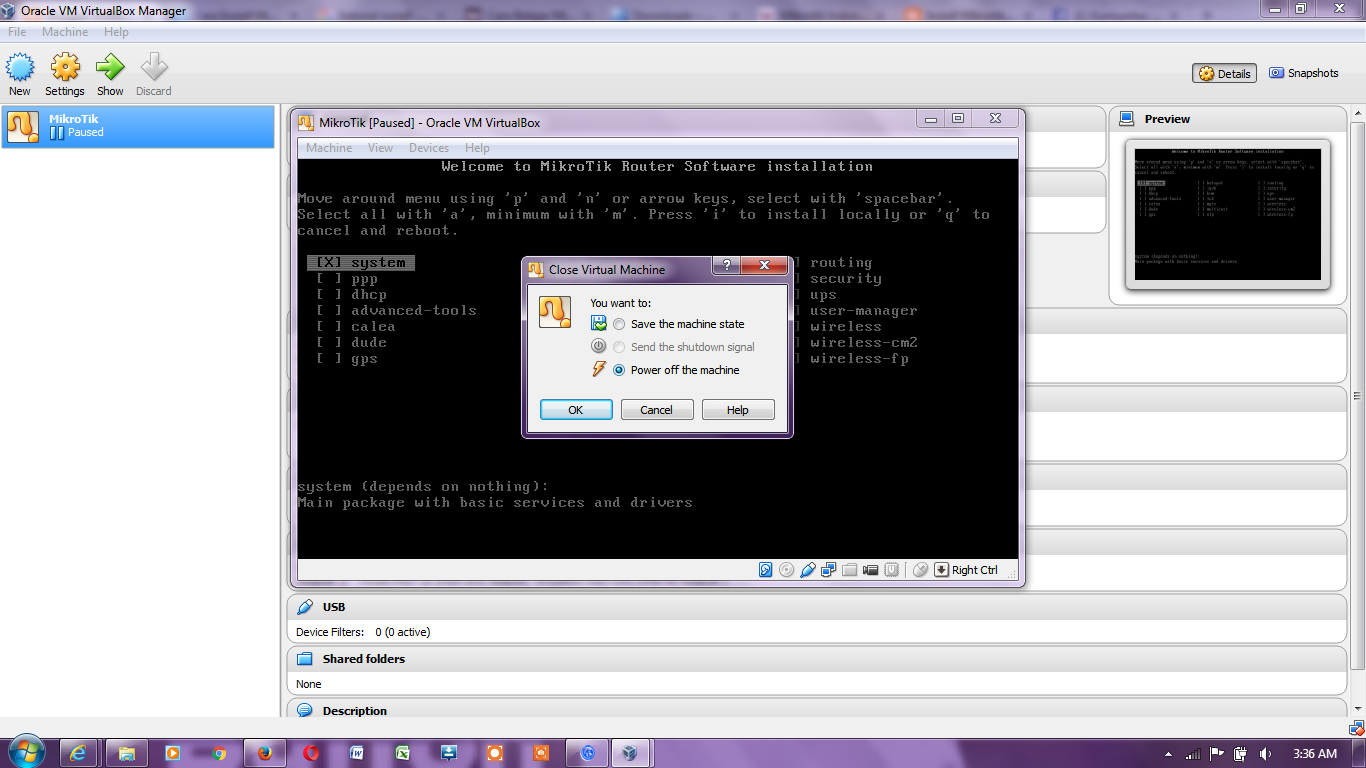


Right-click on an adapter and choose Rename from the shortcut menu, as shown in Figure 1. This screen displays all virtual network adapters.

This opens the Windows Control Panel.Ĭlick on Network and Internet, followed by Network and Sharing Center, then Change Adapter Settings. This helps you to identify specific adapters during management and addresses security concerns from more traditional naming schemes.Įnter the Control command at the Windows Run prompt. To make the overall process easier, label each individual network adapter within Windows. Align each address with the subnet that the virtual network adapter connects to. These network adapters must use static IP addresses so that they are easily discoverable and must have a reliable data connection. Set up virtual network adaptersįirst, provision the VM with a virtual network adapter for each network that will communicate with the router. The procedure to configure Windows Server to act as a virtual router is valid for all currently supported Windows Server versions at time of publication. The following tutorial assumes that admins can create a VM with VMware Workstation and install Windows Server as the guest OS. There are numerous software options to create a virtual router on top of the VM. One easy way to create a virtual router is to set up a VM and then configure the VM to act as a router. Create a virtual router in VMware Workstation

The difference is that a virtual router is software-based, which fits test and development use. Like a physical router, a virtual router orchestrates network traffic between subnets. In these scenarios, virtual routers are helpful. In a test and development setup, physical routers might not be feasible, and if all network segments are virtual, then the physical router cannot connect to anything. If a virtual network should accurately mimic an organization's physical infrastructure, it generally requires multiple segments, which routers provide.įor production infrastructure, physical routers direct traffic between network segments. Physical networks often consist of multiple segments. As handy as a lab-based virtual network might be, it is a complex undertaking to build.


 0 kommentar(er)
0 kommentar(er)
